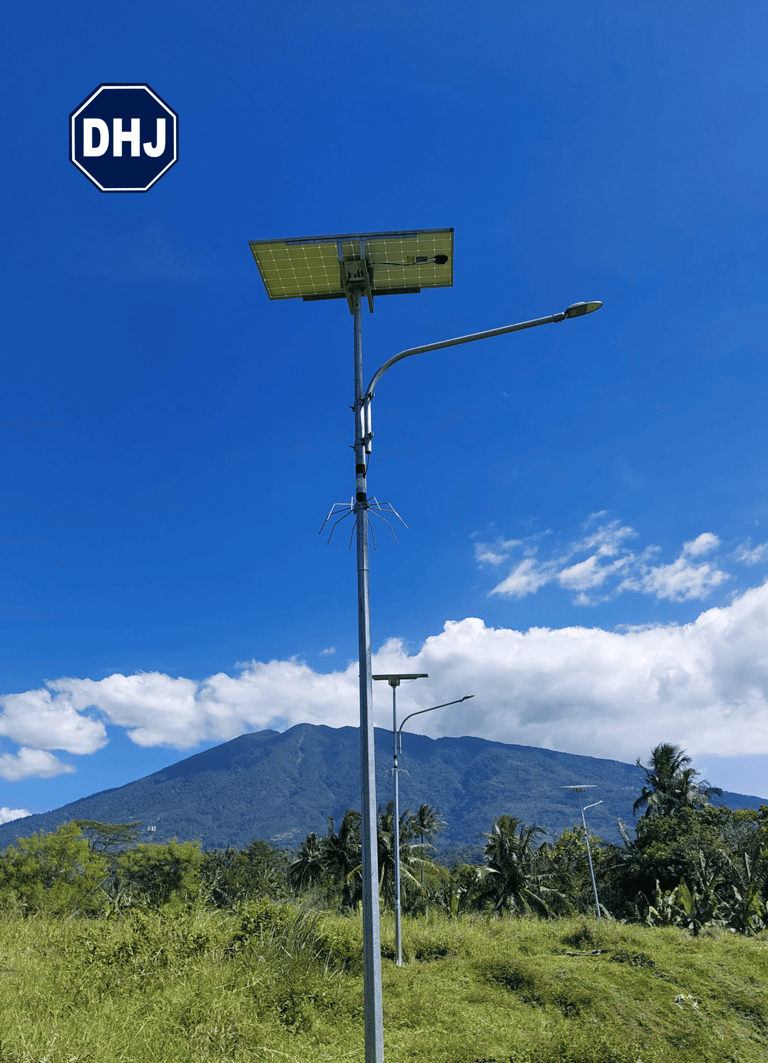Solar Cells and the Future of Energy Independence: More Than Just Street Lighting
Solar Cell
solar cells — or solar panels — are no longer used solely for solar-powered street lighting (PJU). They’ve become a true game changer in supporting energy independence for homes, businesses, and communities.
Solar Cells: More Than Just Street Lighting
Beyond public lighting, solar panels are increasingly used to power homes, solar water pumps for agriculture, and even eco-friendly electric vehicle charging stations. Their growing popularity stems from their ability to efficiently harvest the sun’s abundant energy every day.
Advantages of Solar Cells for Energy Independence
1. Long-Term Cost Savings
While the initial investment can be relatively high, solar panels significantly reduce — or even eliminate — monthly electricity bills in the long run, especially when paired with battery storage systems.
2. Increased Property Value
Installing solar panels enhances the value of a home or building, as it’s seen as a modern and environmentally responsible feature.
Read also: GITET – The Heart of Indonesia’s Power System Few People Notice
3. Energy Resilience
With an independent solar cell system equipped with batteries, homeowners and businesses can maintain electricity supply during grid outages.
4. Evolving Technology
Solar technology continues to advance — with thin-film panels, affordable lithium-ion storage, and smart inverters that can connect to the national grid or operate off-grid independently.
Challenges to Consider
1. Weather and Sunlight Availability
Solar panel performance depends heavily on sunlight intensity, meaning geographical location and weather conditions can affect efficiency.
2. Upfront Costs and Permits
High initial costs and complex permitting processes in some regions still pose challenges to widespread adoption.


